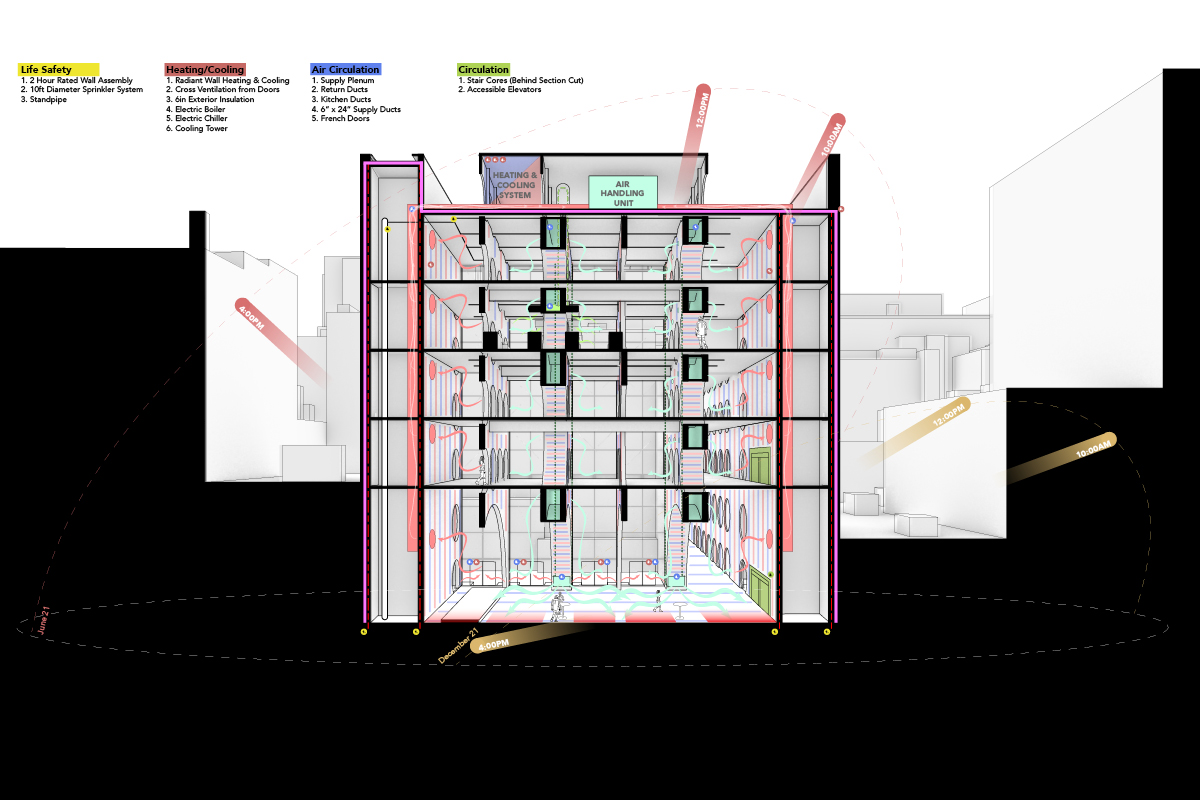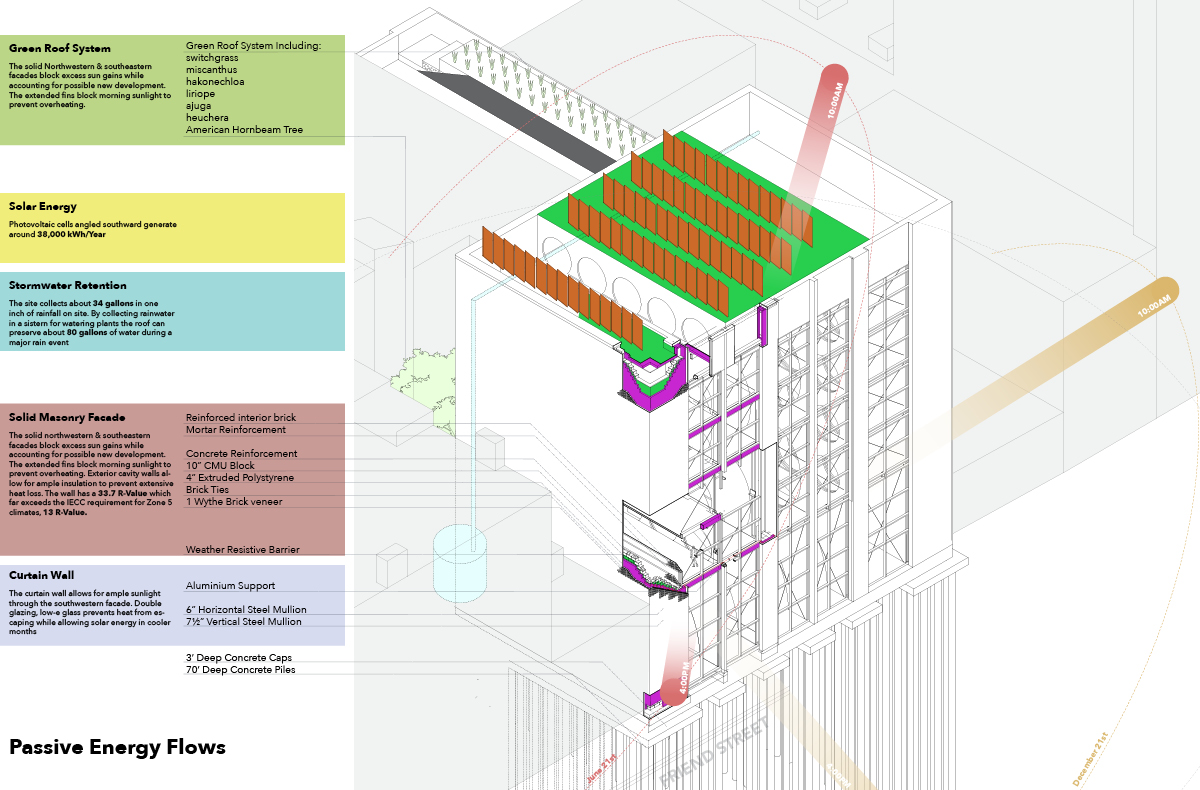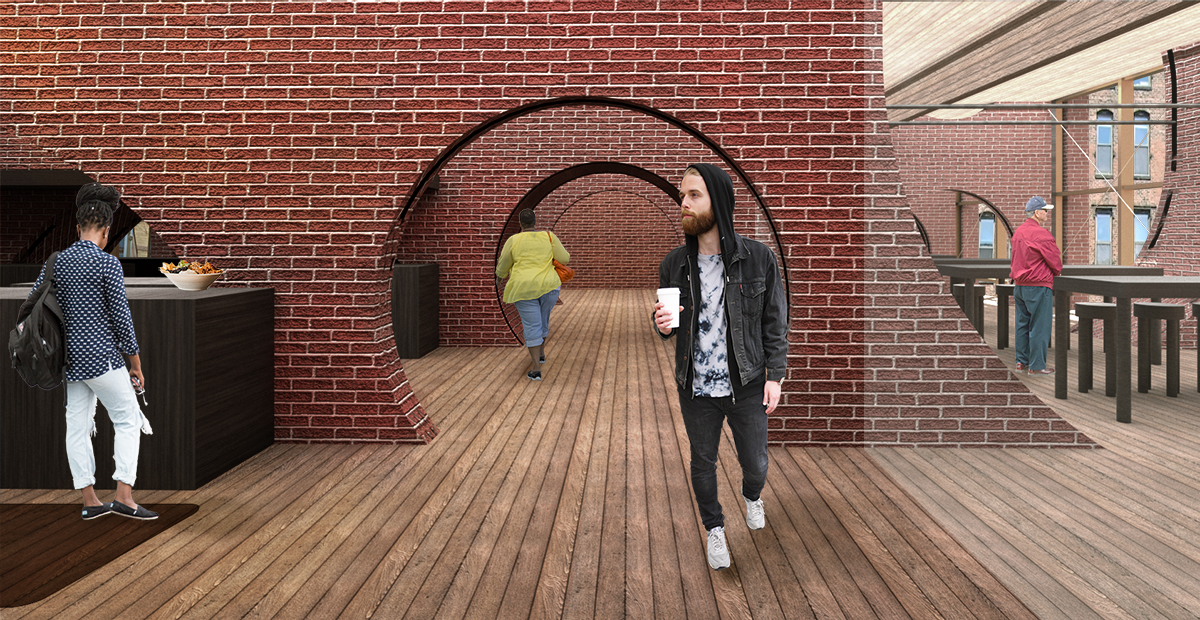

Located in the heart of Boston's historic Bulfinch Triangle, this building seeks to explore brick as a material and how it integrates into the different systems which make our structures work. The building is based around a series of structural brick bars of varying sizes which extend back into the urban plot. In order to allow for circulation through these walls, circular arches pierce the walls creating space for circulation and programming. Inspired by the radiant quality of these brick walls, radiant pipes run within them to heat the 10ft bays in between them.
The building is designed to endure long past the normal expected lifespan of a building. As such, ample space was left for changing mechanical and physical uses while the envelope was designed to function as intended no matter what changes occured with neighboring buildings. Party the large exterior brick bars are designed as 10in CMU cavity walls with 4in polystyrene insulation and interior walls are thermally broken from their exterior fins in order to maintain the overall thermal efficiency of the structure. Two medium bars create a 4ft plenum inside of the building for air circulation as well as leaving room for more complex mechanical needs for different programming.
Designed as a space for nonprofits provided by the city of Boston and with an eye towards long term sustainability, the building requires an adaptable layout with a variety of spaces to meet a diverse set of needs. In order to remain flexible, programmatic requirements were based on size rather than specific needs and defined by arch size. 8ft diameter arches allow for circulation as well as more intimate single person use spaces like offices. Larger 17.5ft diameter arches create gathering spaces for meetings or classrooms. In this iteration, the building is designed around teaching kitchen spaces for formerly incarcerated people with classroom space for less hands on learning. The largest arches are 40ft in diameter and take up the entire first floor to provide a multi use events space primarily for charity galas.
Renderings

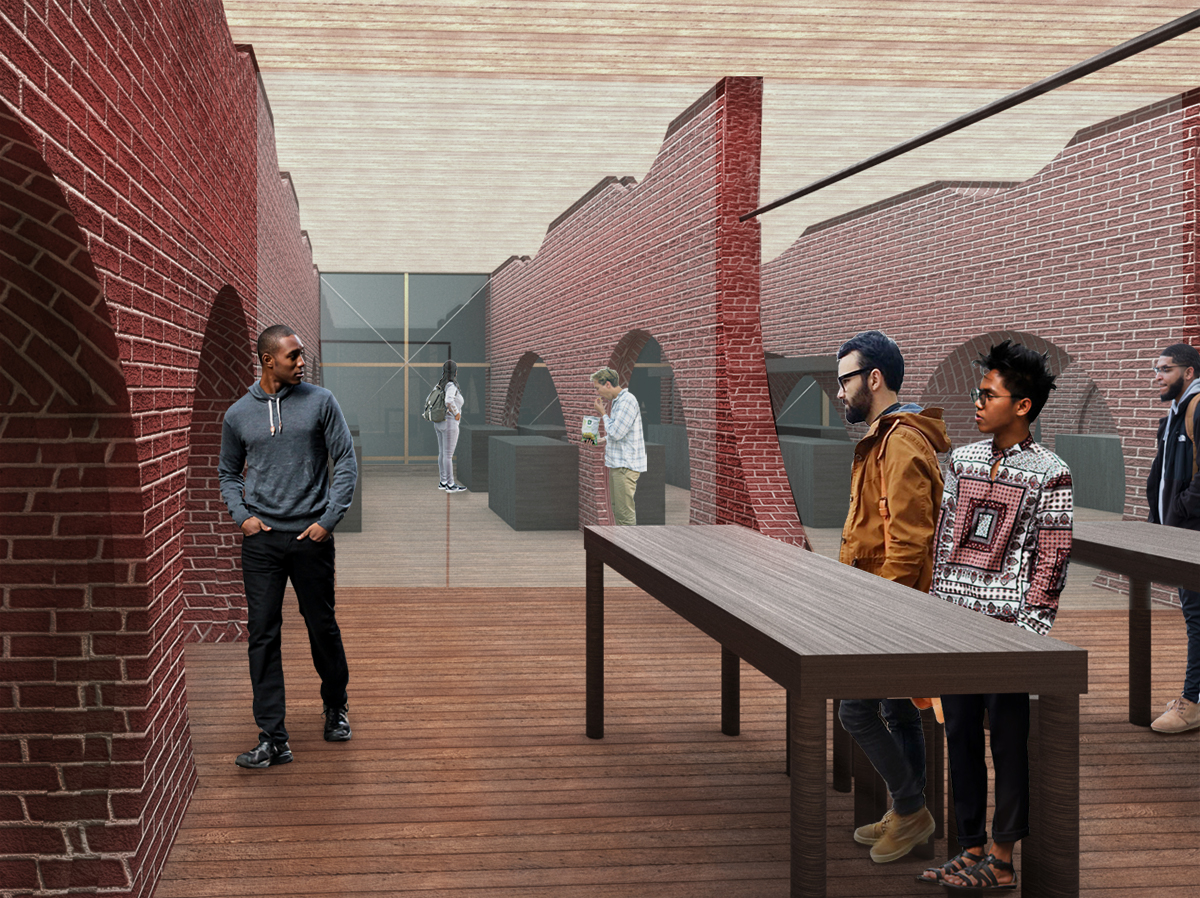
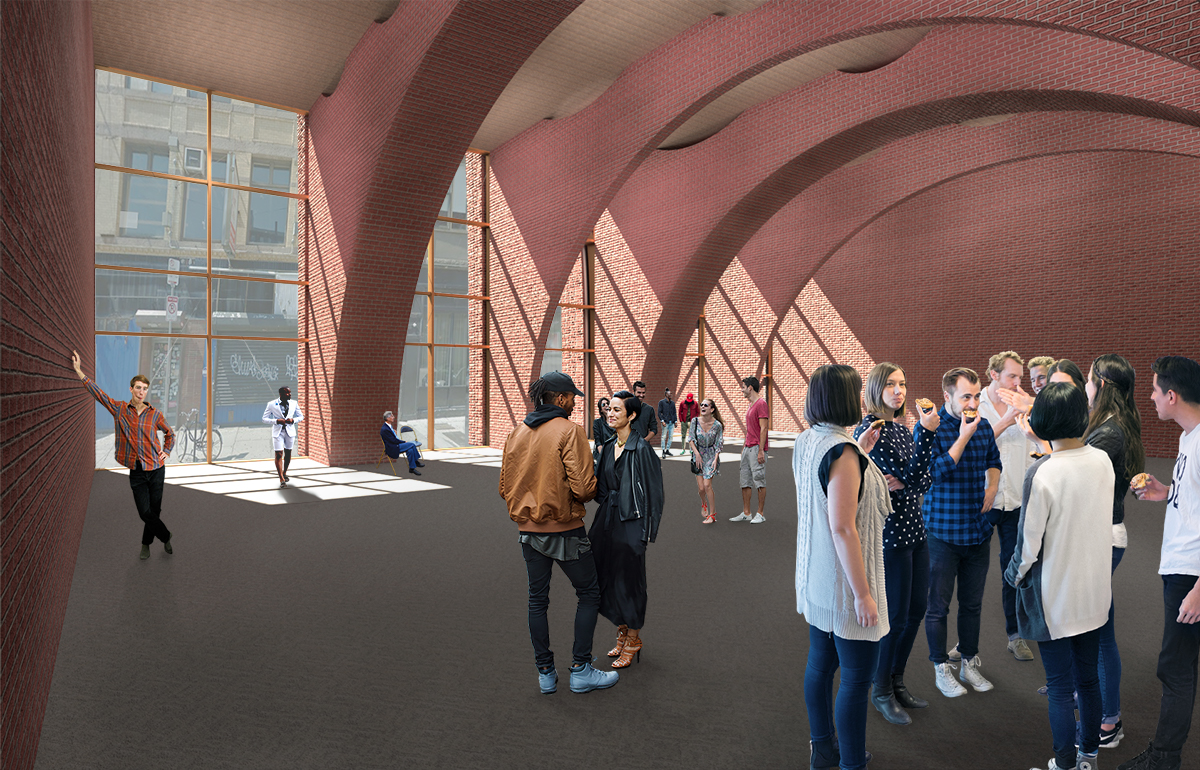
Exteriors
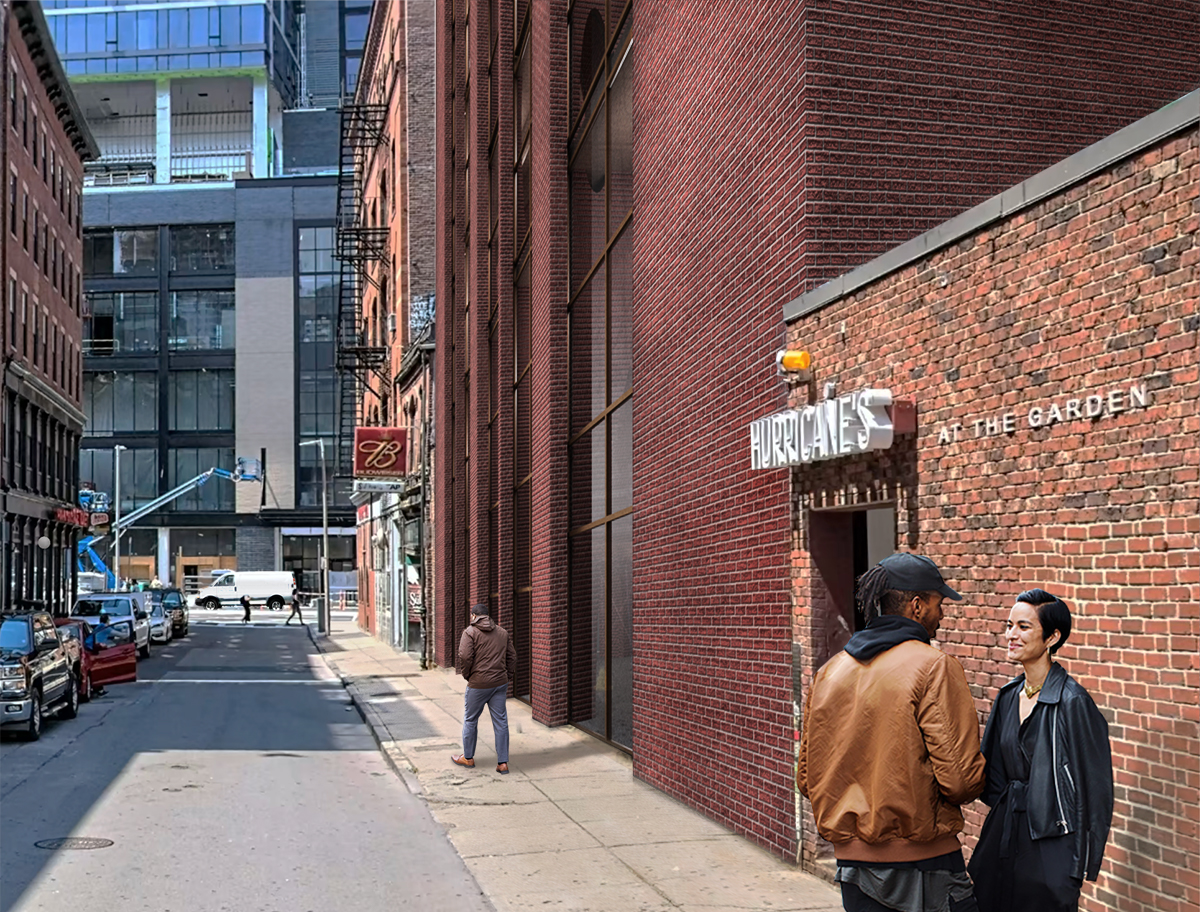
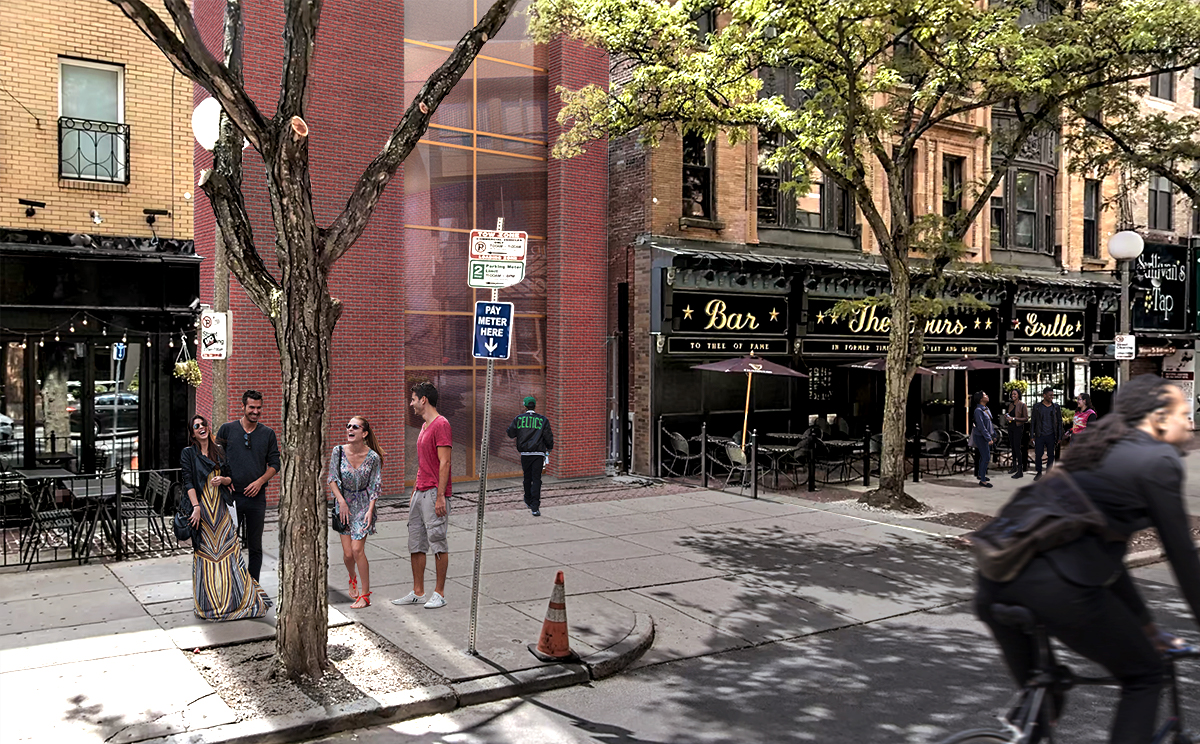
Plans/Sections
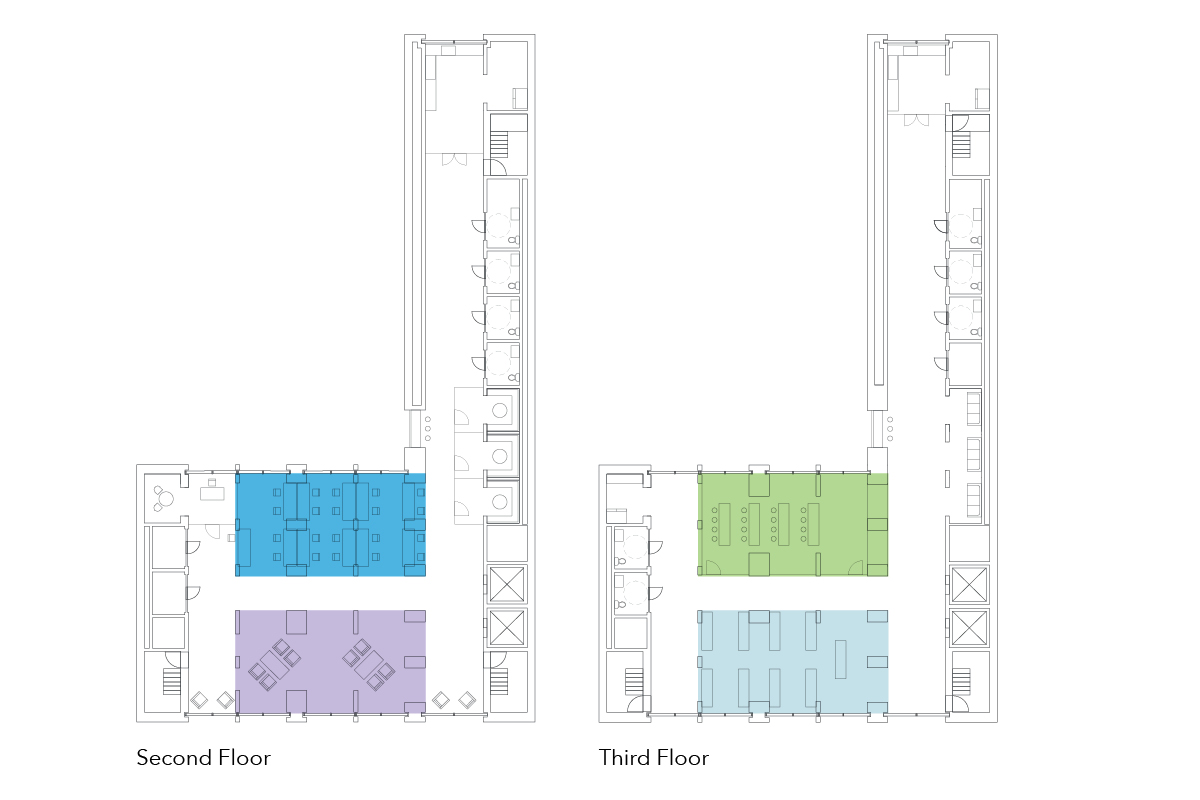
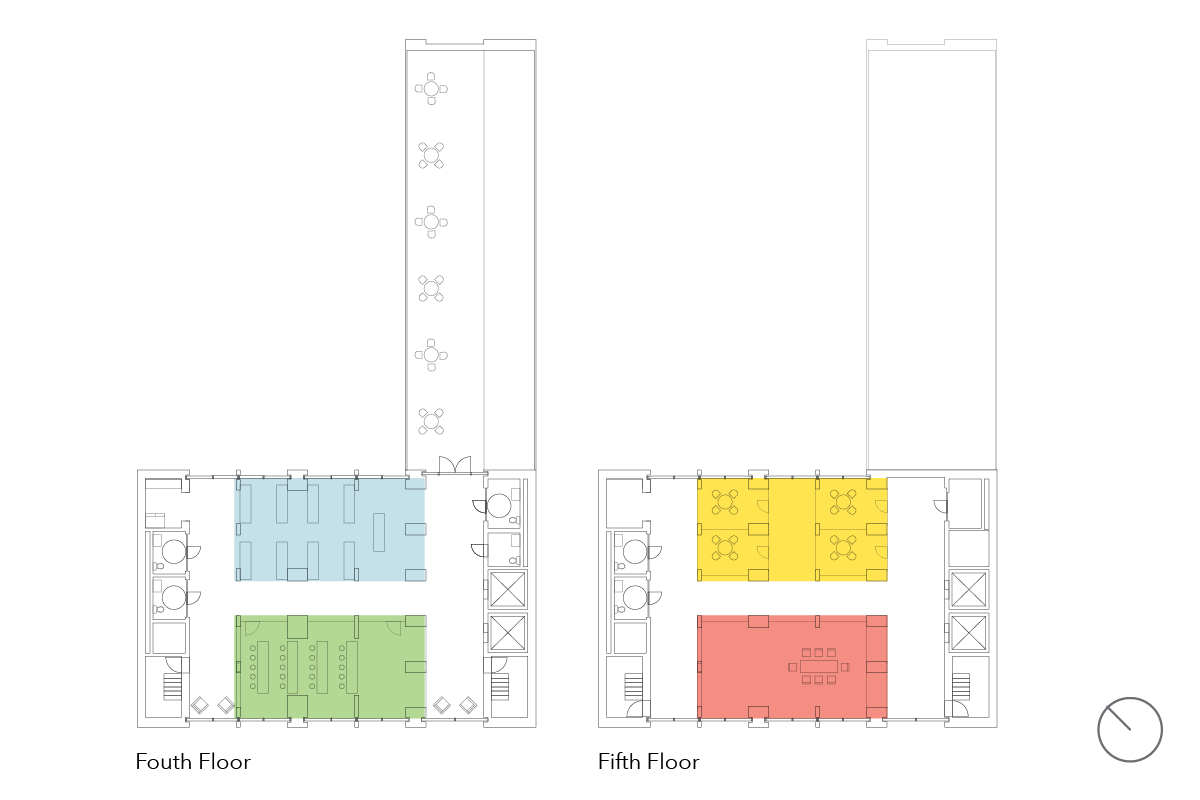
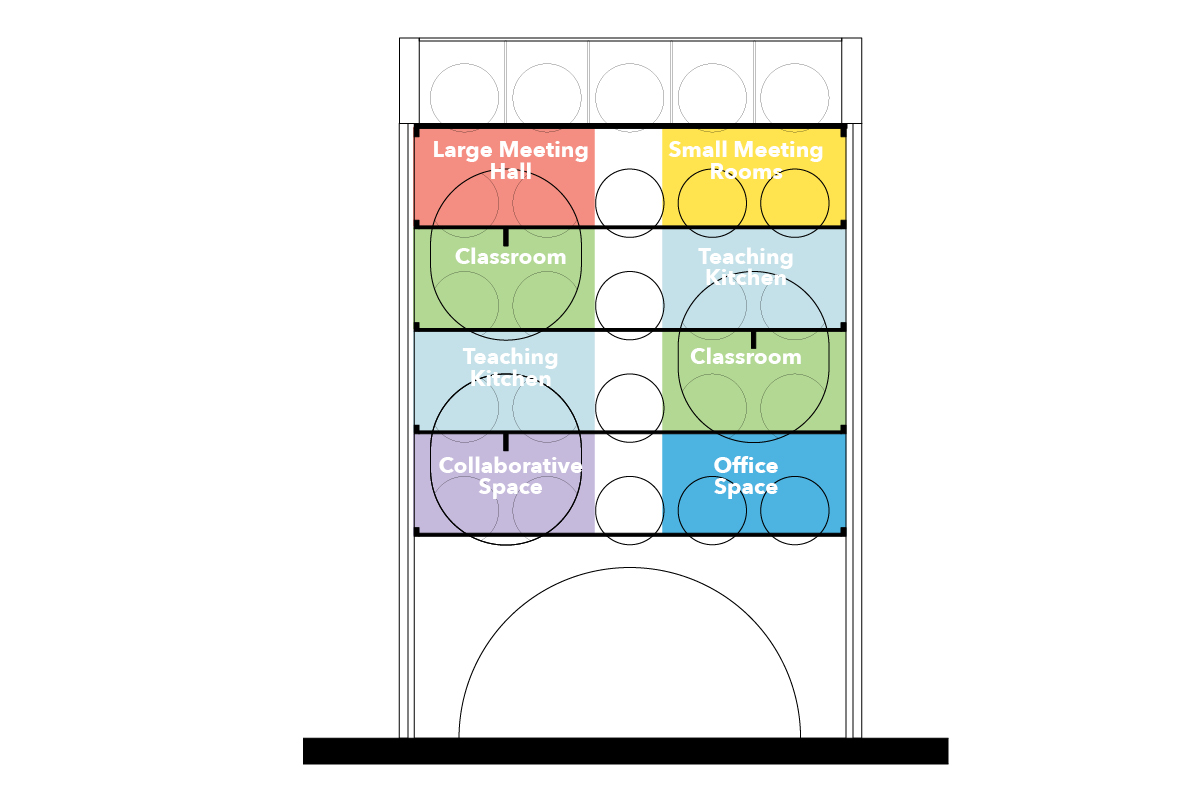
Diagrams
